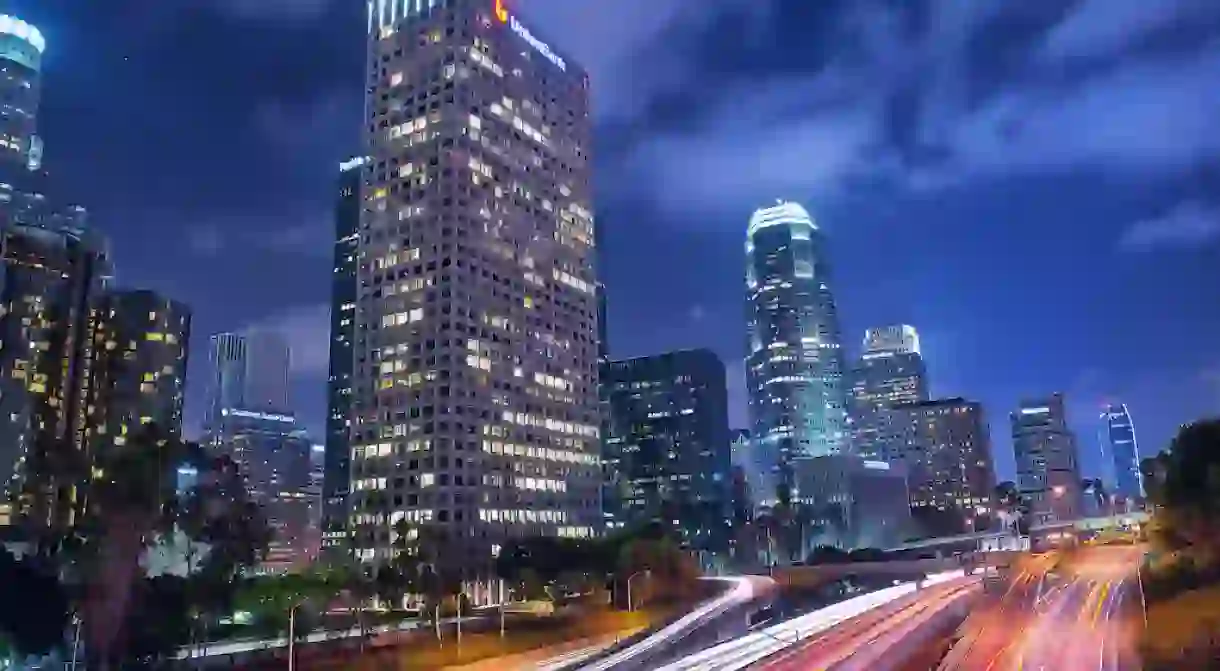This City Has Just Been Named the Most Congested in the World

A report indicates something Angelenos probably already know: Los Angeles ranks as the number one most congested city in the world.
You can find the rankings via the INRIX Global Traffic Scorecard. INRIX, a car and transportation analytics company, analyzed some 1,000 cities and sorted them by hours spent in congestion each year. Los Angeles topped the list at 104.1 hours, beating out Moscow (91.4), New York (89.4), San Francisco (82.6), Bogota (79.8), Sao Paulo (77.2), and London (73.4). The United States ranked high overall, with 11 of the 25 most congested cities and an estimated 42 hours on average spent in congestion across the country. American cities towards the bottom of the list, however, included High Point, North Carolina (3.2), and Parkersburg, West Virginia (3).
INRIX noted that even though Los Angeles is the worst when it comes to “peak hours sitting in congestion,” the city only has one of the worst corridors: the dreaded 10 East between the 405 and the 110. That ranks number five in terms of most congested roadways, while a stretch of New York’s I-95 Westbound tops the list. This finding is why a commute from downtown L.A. to Santa Monica can, at times, seem extraordinary hellish.
Los Angeles’ traffic issues are the butt of numerous L.A. jokes, including greeting cards that state the giver loves the receiver so much that they’d get on the 405 at 5 p.m. for their beloved. There is also much speculation as to why Los Angeles traffic is as bad as it is. For one, Los Angeles is a sprawling city, built horizontally as opposed to vertically. Los Angeles County is also the most populous in the nation.

Los Angeles’ public transit system is fairly accessible, but not used nearly as much as one might expect. According to City Metric, of the metro area’s 13 million people, only 360,000 are regular Metro rail riders, and only 855,000 frequently use the bus. The low number of uses could be because the rail line has been slow to expand; it wasn’t until 2015 that rail users could get all the way from downtown L.A. to Santa Monica via train. Other factors include riders’ sense of safety and convenience and their overall understanding of how to use public transit. Many simply aren’t willing to give up the comfort, privacy and perceived convenience of their vehicles, even if it means circling the blocks for parking or stagnating in traffic.
INRIX estimates congestion costs Los Angeles drivers $2,408 annually, while the city likely loses $9.6 billion. These costs may include fuel, time, and freight and business fees (a burden the consumer may later share). Metro fare is $1.75 per ride and includes free transfers—something to consider the next time you’re in L.A.














